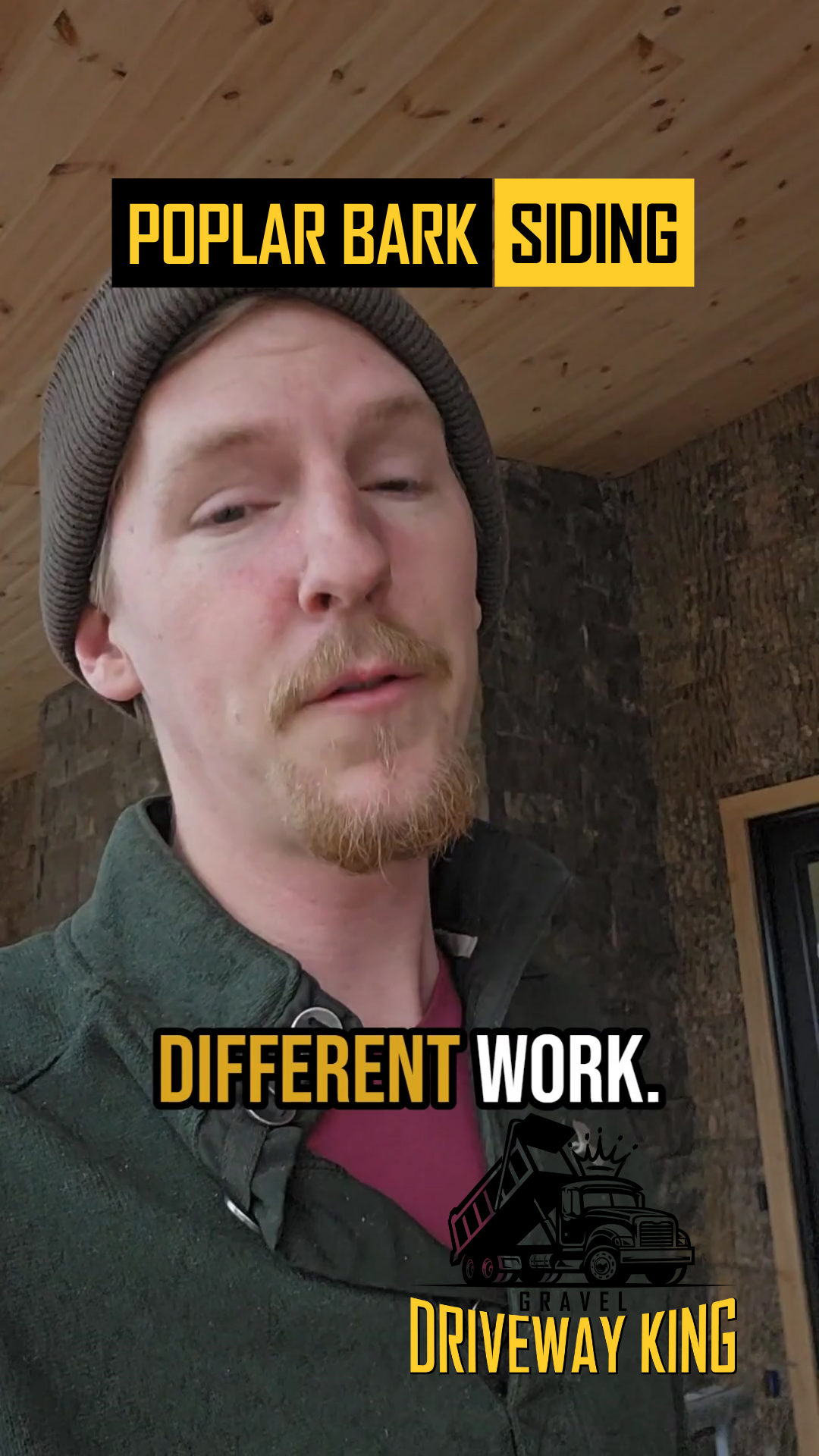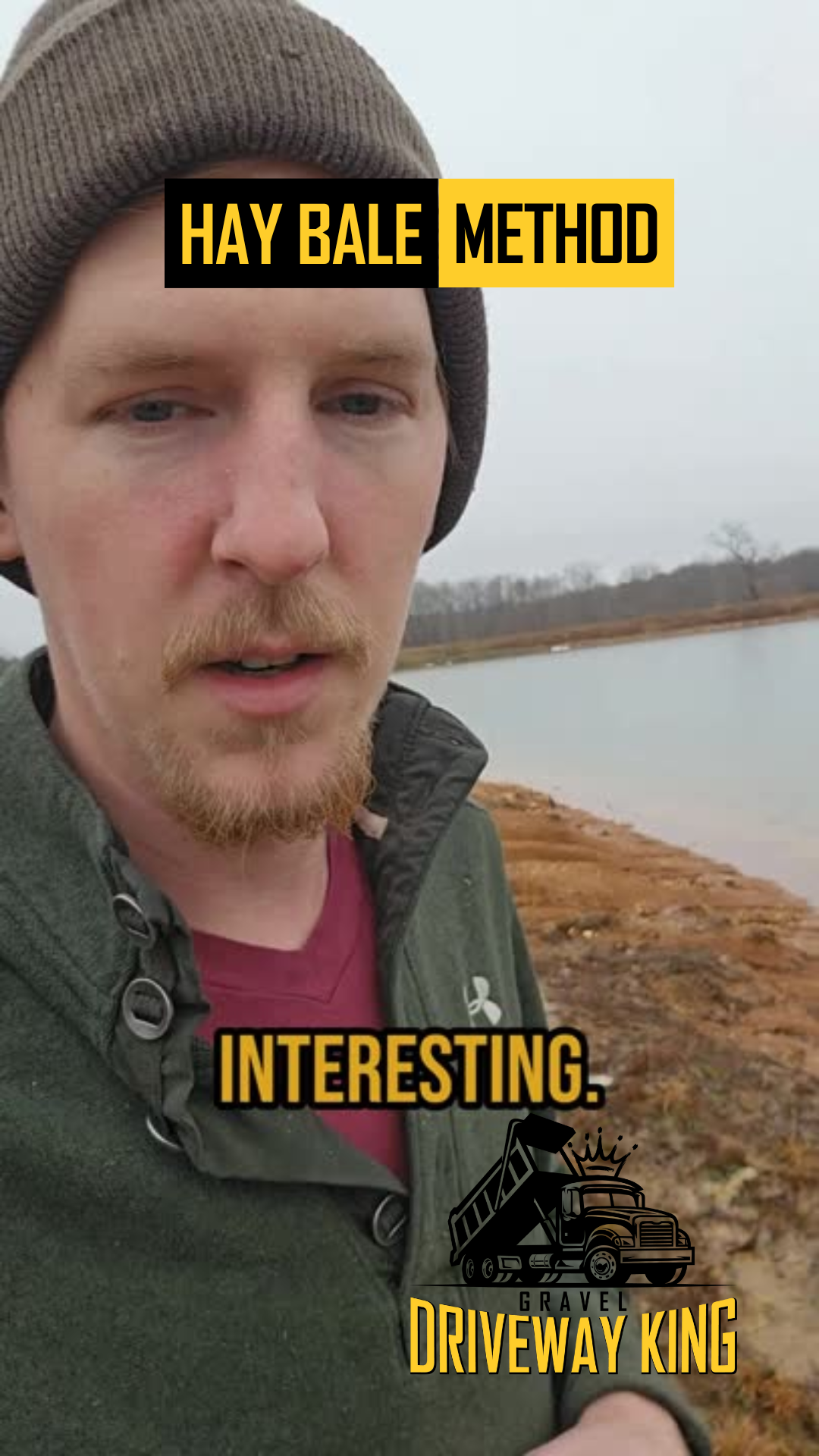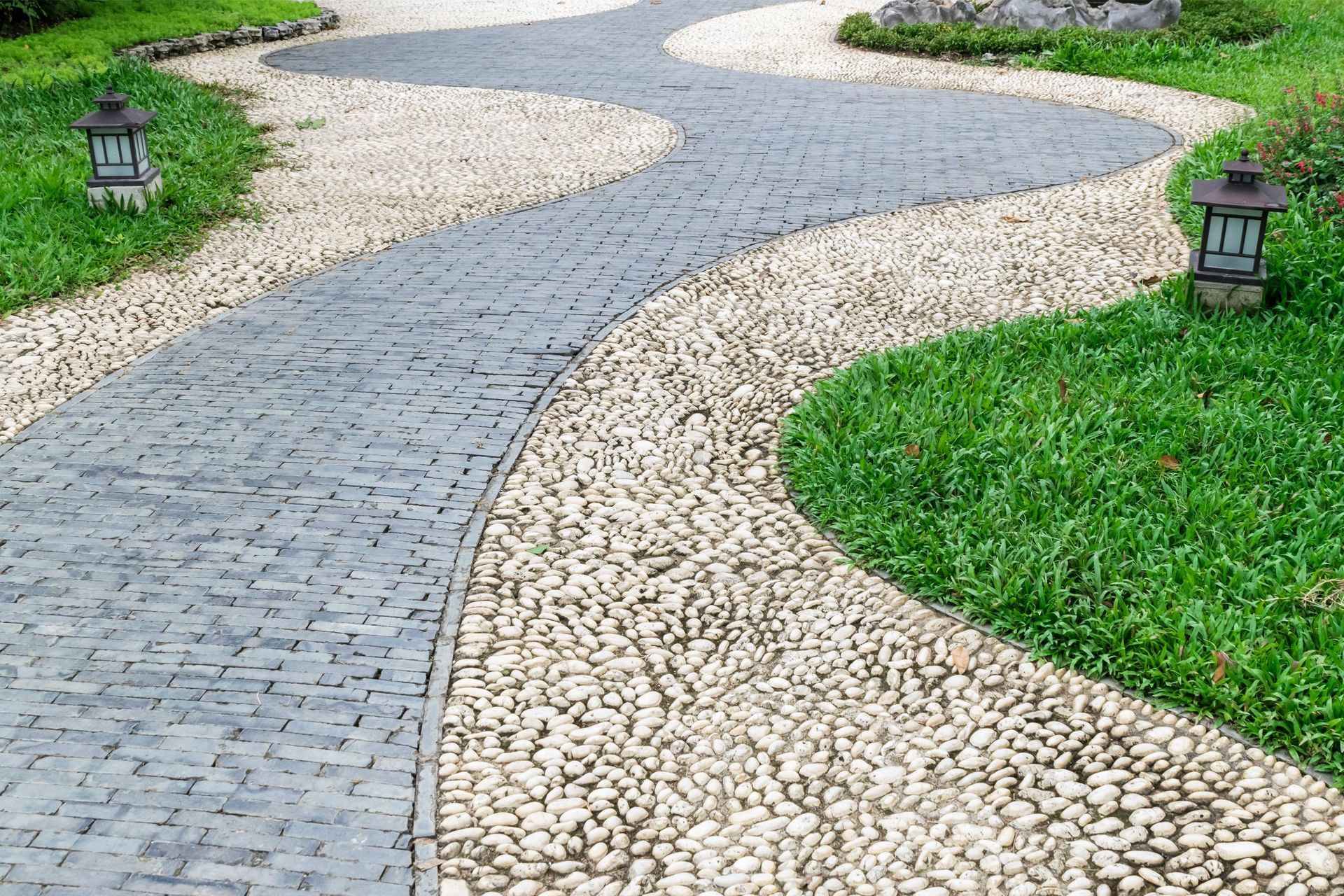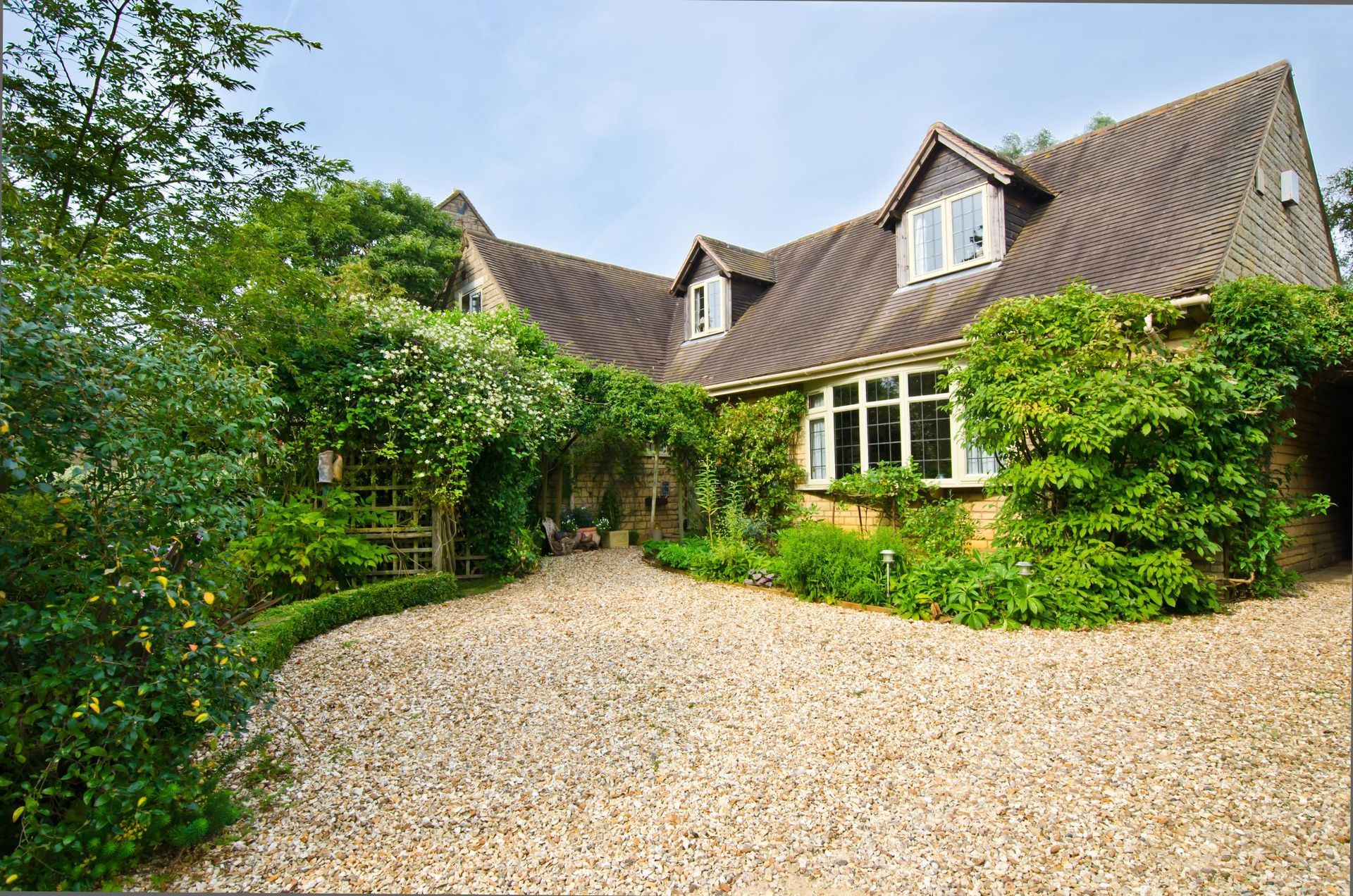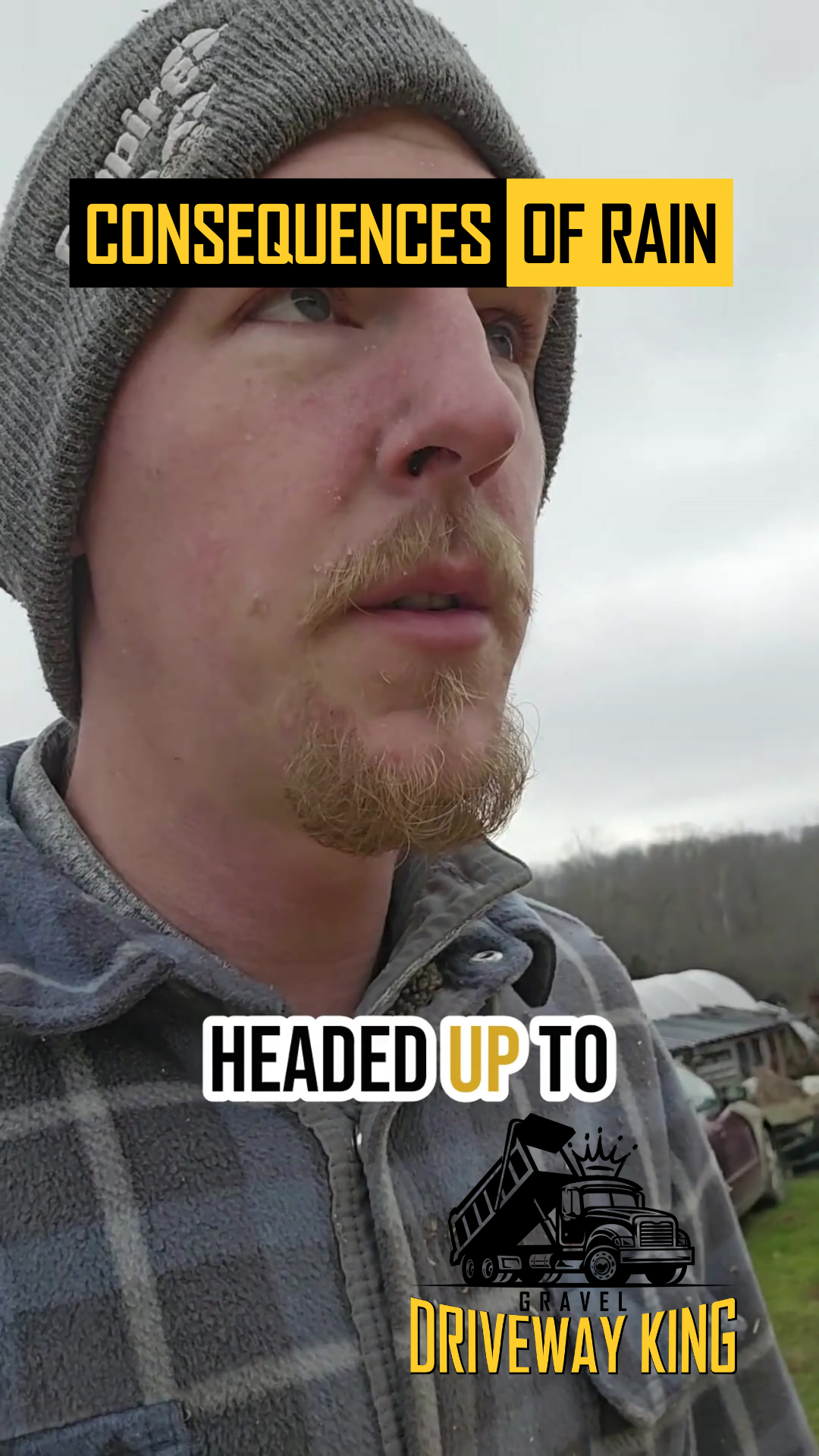The Hidden Art of Driveway Design: Why Shape Matters More Than You Think
Introduction
THINKING LONG AND HARD ABOUT THE SHAPE OF YOUR DRIVEWAY
WE DO THE THINKING SO YOU DON'T HAVE TO!
Here's something interesting about driveways: the best ones are the ones you never think about.
When you pull up to your home after a long day or come back from a trip, the last thing on your mind should be worrying about puddles, ruts, or washing out edges.
That's exactly how it should be.
A well-designed driveway is like a silent guardian of your property - doing its job so perfectly that you forget it's even there.
But getting to that point?
That takes more than just laying down gravel or pouring concrete.
It takes understanding something that most folks don't even consider: the art of proper shaping.
Welcome to Driveway King!
The Foundation of Good Design
Let me tell you what I've learned after years of building driveways here in Middle Tennessee. Anyone can own a dump truck and spread some gravel, but there's a big difference between putting in a driveway and putting in a driveway that lasts.
It starts with reading the land. Before we even think about bringing in equipment, we study how water moves across your property. Every piece of land tells a story if you know how to listen. Where does the water come from? Where does it want to go? What happens during our heavy Tennessee rains?
This is where experience really matters. Over the years, I've learned to spot potential problems before they become actual problems. It's not just about what you can see on the surface - it's about understanding what's going to happen over time, through all four seasons, and after years of use.
The shape of your driveway isn't just about looks - it's about working with nature instead of against it. And believe me, in our part of Tennessee, where we get more rainfall than folks realize, working against nature is a battle you won't win.
The Science of Shaping
A. Proper Crowning
Here's something that might surprise you - a driveway shouldn't be flat.
That's right.
A properly built driveway needs what we call "crowning" - think of it like a gentle dome shape running down the middle.
It's subtle, but it's crucial.
This crown isn't just for show.
It's doing an important job: making sure water flows off the edges of your driveway instead of sitting on top or running down the middle.
It's a simple principle that makes a huge difference in how long your driveway lasts.
B. Common Problems with Flat Driveways
I see it all the time - driveways that look fine when they're first put in, but start showing problems after a few good rains.
Without proper crowning, water either pools up or finds the path of least resistance, usually right down the middle of your driveway.
That's when the troubles start.
First come the puddles.
Then those puddles turn into soft spots.
Before you know it, you're dealing with ruts and potholes that only get worse with time.
It's not the gravel's fault - it's all about the shape.
Middle Tennessee's Unique Challenges
Let me tell you something about our area that most folks don't realize - we get more rainfall here than Portland, Oregon.
That's right.
Middle Tennessee's weather puts special demands on every driveway we build.
It's not just about the amount of rain, either.
It's about how that rain interacts with our soil types, how it moves across different elevations, and how it behaves during our seasonal changes.
What works fine in other parts of the country might fail here if you don't understand our specific challenges.
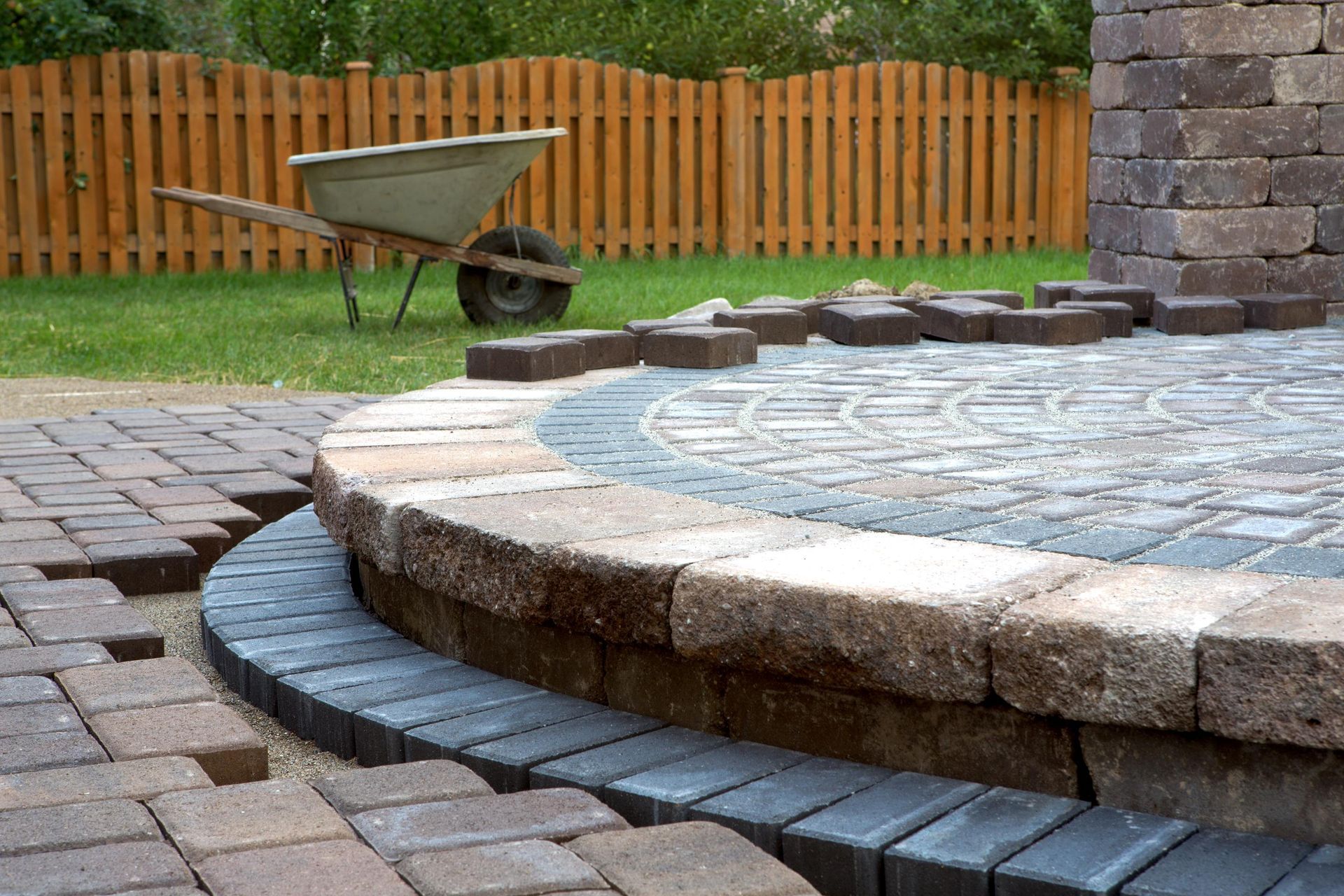
Slide title
Write your caption hereButton
Prevention vs. Repair
There's an old saying: "An ounce of prevention is worth a pound of cure."
That's especially true with driveways.
I've seen people try to save money by going with the cheapest option, only to end up spending more on repairs within a year or two.
When we design a driveway, we're not just thinking about how it looks the day we finish.
We're thinking about how it's going to handle that big storm next spring, or how it'll hold up during freeze-thaw cycles in winter.
Getting these details right from the start means you won't have to worry about constant repairs down the road.
Making It Last
Think about it like this: a driveway isn't just a path to your house - it's an investment in your property that should last for decades.
When shaped correctly from the start, it'll handle whatever nature throws at it, season after season.
Here's what to look for in a properly designed driveway:
- Water should flow off the edges, not pool or run down the middle
- The crown should be subtle but noticeable
- After rain, you shouldn't see standing water
- The edges should stay clean and defined
- Your gravel should stay where we put it, not wash away
These might seem like small details, but they're the difference between a driveway that lasts and one that needs constant attention.
WHAT'S NEXT
At the end of the day, what drives me is creating something you don't have to think about. When you pull into your driveway after a long day, the last thing you should worry about is whether it'll hold up or if that rain we're getting will cause problems.
This is why we put so much thought into every project. It's not just about moving dirt and laying gravel - it's about understanding the land, respecting how water flows, and building something that'll be there for generations. Sure, anybody can put in a driveway, but creating one that gives you peace of mind? That takes experience, understanding, and genuine care for doing things right.
If you're thinking about a new driveway or having issues with your current one, we'd be happy to take a look. We'll help you understand what's happening with your property and find the right solution for your needs.
